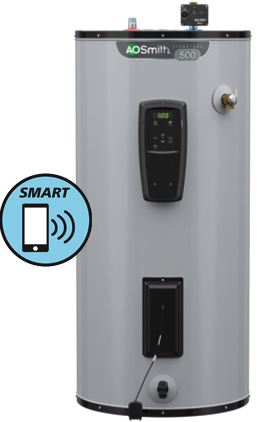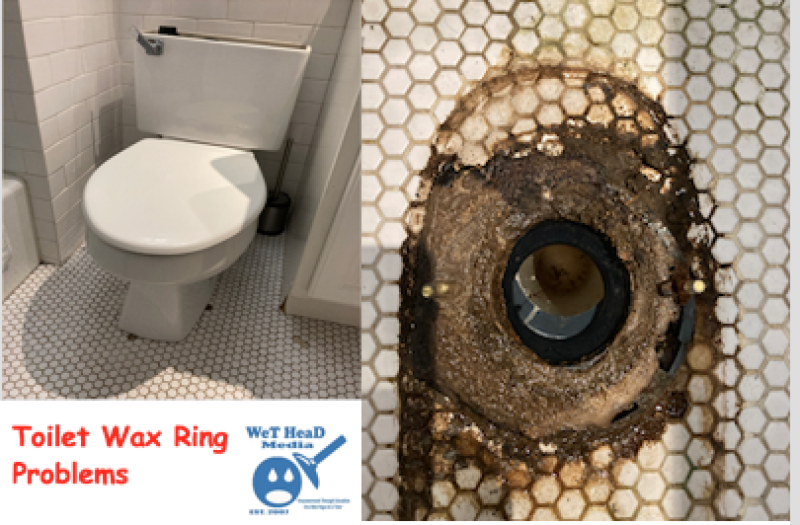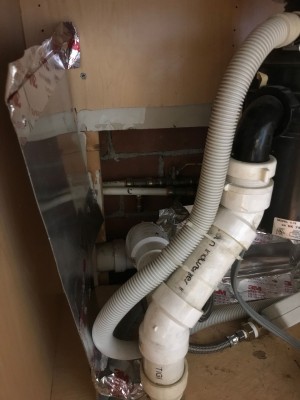How I (Amanda) Treat Above Ground Pool Water
 Hello all you “do- it – yourselfers”, I would like to explain to all of you how I Amanda treated the water in my above ground pool. I am sure all of you would agree that swimming in an above ground pool is a very relaxing way to spend your summer. However, it takes a lot of work to keep your pool water at the right PH level. It is important for the PH to be at the right level because it ensures that there is not an increased level of bacteria in your water, which could be harmful to you and your family. Even though your pool filter does a pretty good job of keeping dirt out of your pool water there are other every day things that can cause the PH level to become unbalanced. Other things that can affect the PH level include: natural oils and bacteria on your skin, rain, leaves from trees, and animal feces.
Hello all you “do- it – yourselfers”, I would like to explain to all of you how I Amanda treated the water in my above ground pool. I am sure all of you would agree that swimming in an above ground pool is a very relaxing way to spend your summer. However, it takes a lot of work to keep your pool water at the right PH level. It is important for the PH to be at the right level because it ensures that there is not an increased level of bacteria in your water, which could be harmful to you and your family. Even though your pool filter does a pretty good job of keeping dirt out of your pool water there are other every day things that can cause the PH level to become unbalanced. Other things that can affect the PH level include: natural oils and bacteria on your skin, rain, leaves from trees, and animal feces.
Treating the water in your above ground pool is something you can easily do yourself if you have the right chemicals and the right safety tools. To properly treat your pool water you will need the right levels of chlorine, calcium hardness, alkalinity, and PH. Whenever you are using chemicals always make sure to wear safety gear. It is recommended that you use goggles to protect your eyes and disposable latex gloves so your skin does not come in contact with harsh chemicals. You should also consider wearing a disposable painters mask to prevent damage to your lungs from breathing in chemicals. Follow the simple steps below and you will be able to treat the water in your pool quickly and easily.
First, you will need to gather all the necessary materials. You will need the following:
1. PH testing strips
2. 9 ounces of soda ash per 15,000 gallons of pool water
3. 18 ounces of muriatic acid per 15,000 gallons of pool water
4. 2.1 pounds of baking soda per 15,000 gallons of pool water
5. 1.2 quarts of muriatic acid (separated from 18 ounces of muriatic acid)
6. 1 and 2/3 gallons of unscented chlorine bleach per 15,000 gallons of pool water
7. 1 and ¾ pounds of calcium chloride per 15,000 gallons of pool water
You will need to start by taking one of the PH testing strips and test the initial PH level of your pool water. The PH strips measure the levels of chlorine, calcium hardness, alkalinity, and acidity that are in your pool water.
Before you touch or measure any of the chemicals in the materials list above you will need to put on your eye goggles, gloves and mask to protect yourself from injury. Then, you will need to raise the PH level (based on a 15,000 gallon pool) by measuring 9 ounces of soda ash and adding it into the pool water. Next, you will need to lower the PH level (based on a 15,000 gallon pool) by measuring 18 ounces of muriatic acid and adding it to the pool water. You will want to keep your PH levels between 7.2 and 7.8 to maintain a healthy balance and avoid having too much bacteria in your pool water.
Next, you will need to raise the alkalinity of the pool water by 10 parts per million. Measure out 2.1 pounds of baking soda (based on a 15,000 gallon pool) and add it to the pool water. Now you will need to lower the alkalinity by 10 parts per million. Measure out 1.2 quarts of muriatic acid (based on a 15,000 gallon pool) and add it to the pool water. At this point your alkalinity levels should be somewhere around 80-150 parts per million. The next step is to raise the chlorine level by 10 parts per million. Measure out 1 and 2/3 gallons of unscented bleach (based on a 15,000 gallon pool) and add it to the pool water.
The next thing you will need to do is raise the calcium hardness level by 10 parts per million. Measure 1 and ¾ pounds of calcium chloride (based on a 15,000 gallon pool) and add it to the pool water. Now you will need to lower the calcium hardness by draining between 20 and 30 gallons of pool water from your pool and replacing it with fresh water. After this the level of calcium hardness should be between 200 and 400 parts per million.
Finally, turn on your pool filter and let it run for 3-4 hours so that all the chemicals will mix properly. After 3-4 hours you need to use another PH strip and test the level of the water before you allow anyone to swim in it. If after following this step by step guide on how to treat the water in your above ground pool you still do not have the correct PH levels please either call your local pool supply store or call a professional. If your above ground pool is larger or smaller than 15,000 gallons and you decide to treat the water yourself please make sure you are using the proper math ratios for safety reasons.




Just desire to say your article is as amazing. The clarity in your
post is just spectacular and i can assume you’re an expert on this subject.
Fine with your permission allow me to grab your feed to keep updated with forthcoming post.
Thanks a million and please keep up the rewarding work.